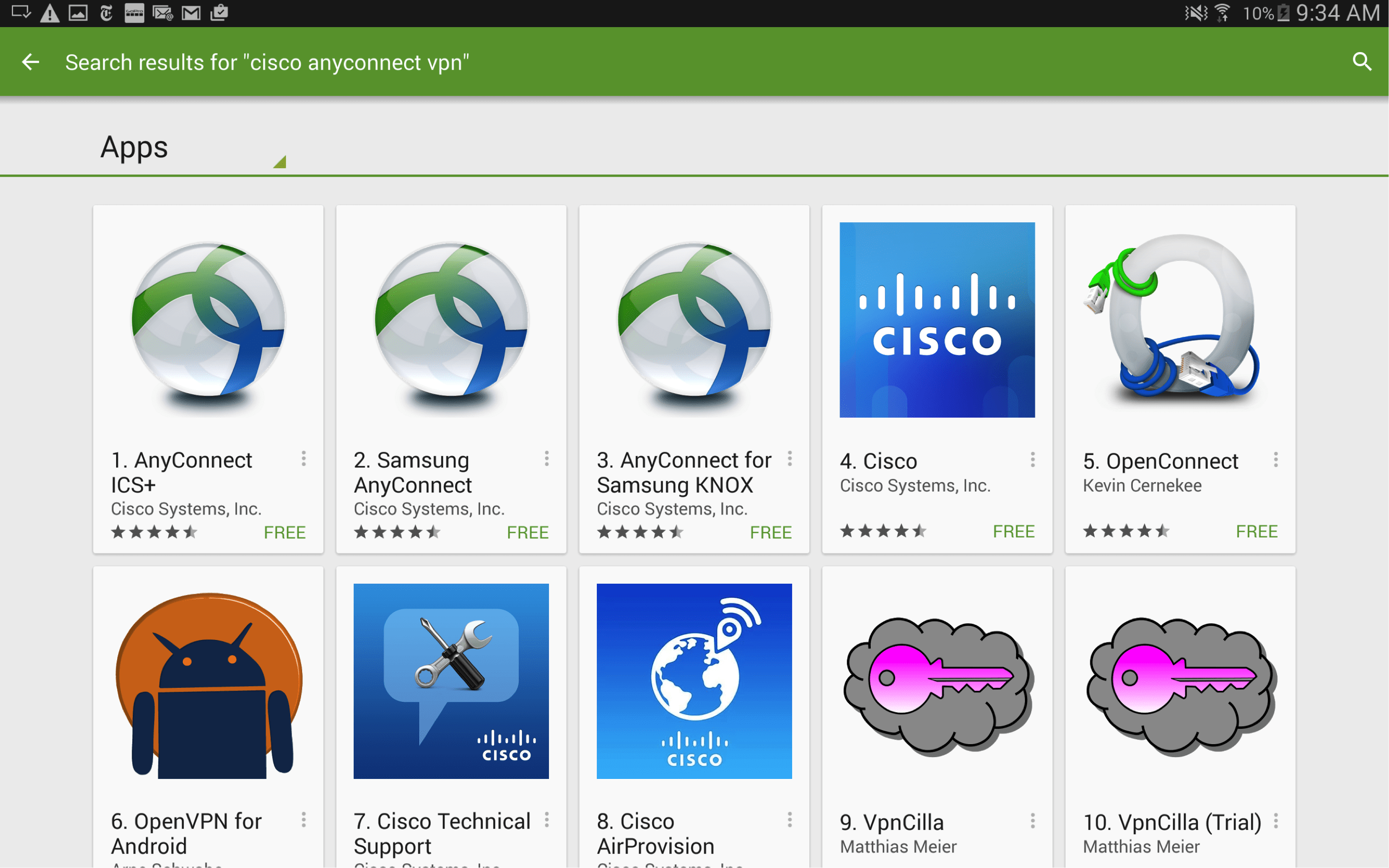🤖 AI-Generated Content
This content has been created using artificial intelligence. While we strive for accuracy, please verify important information independently.
It feels like there is always something new to figure out when it comes to keeping our digital stuff safe, particularly when we are dealing with files that hold private details. Many folks find themselves wondering about the best way to share things like important financial papers or client records without worrying too much. Sometimes, you might even run into situations where your computer program, like a web browser, stops you from getting a file you need, saying it is not safe. This can be rather frustrating, especially when you are simply trying to do something straightforward, like update a program or get a document from a client. There has to be a simpler path, right?
Think about it, you know, when you have clients who need to send you sensitive documents, or you are trying to move a big confidential file between different work groups on a regular basis. The usual methods can feel a bit clunky, or perhaps they just do not give you that peace of mind about privacy. It is almost as if the tools meant to help us sometimes get in the way, blocking what we need to do for reasons that are not always clear. This can lead to a lot of extra steps just to get a simple download or upload done, which is, honestly, a bit of a headache for anyone trying to get work done.
This is where thinking about a more direct, person-to-person way of connecting devices starts to make a lot of sense. Instead of relying on big, central services that might have their own rules or blockages, what if your remote smart devices and your Android phone could talk directly? This idea of a peer-to-peer connection, especially with something like SSH, opens up some really interesting possibilities for securely connecting remote IoT and even making it easier to securely download files to your Android device. It is about taking back a little bit of that control, you see, and making sure your important information moves exactly where you want it, without unneeded fuss.
- Somali Wasmo Telegram
- Tickzoo
- Jameliz Benitez Smith Leaks
- The Real Carly Jane Leaks
- Sophie Rain Sex Tape
Table of Contents
- Why Do We Need Better Ways to Securely Connect Remote IoT?
- What is P2P SSH and How Does it Help Securely Connect Remote Devices?
- Getting Your Android Device Ready for Secure IoT Connections
- How Can I Securely Download Files to My Android from Remote IoT?
- Setting Up a P2P SSH Connection to Securely Connect Remote IoT
- Keeping Your Secure P2P SSH Android Connections Safe
- What Are the Real Benefits of Securely Connecting Remote IoT with P2P SSH?
- Looking Ahead for Secure Remote IoT Connections
Why Do We Need Better Ways to Securely Connect Remote IoT?
Many of us have felt that nagging worry about sharing private documents. Perhaps you have tried to send tax papers or other sensitive items, and then you start to wonder if the method you chose is truly private. It is like, you know, you want to be sure that only the right people get to see those files. Sometimes, it feels like the current ways of doing things just do not quite hit the mark when it comes to making us feel completely at ease. We hear stories about information getting out, and that makes everyone a little more careful, and that is completely understandable.
Then there are those moments when your computer or phone decides to be a bit too protective. You might be trying to get a program update, say, for something you use all the time, and your web browser suddenly blocks it. It throws up a warning, telling you the file is from an "insecure origin," even if you know it is from a trusted place. This can be
Additional Resources
Visual Content



Disclaimer: This content was generated using AI technology. While every effort has been made to ensure accuracy, we recommend consulting multiple sources for critical decisions or research purposes.
